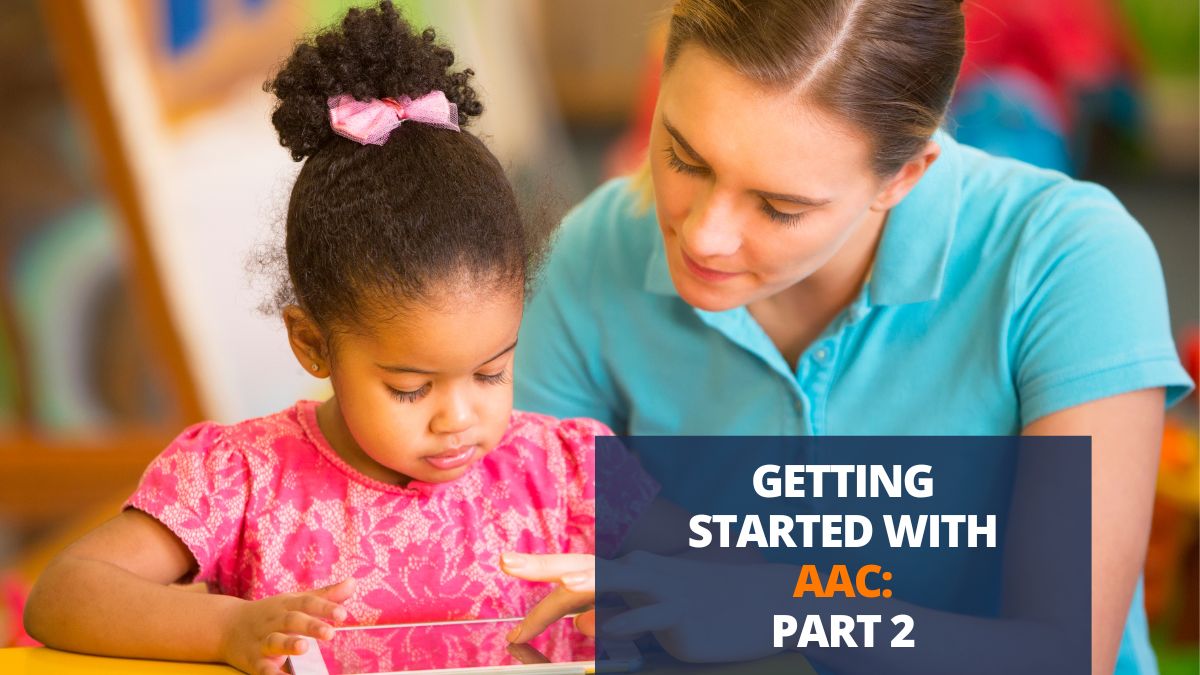Sabotage, according to vocabulary.com means ‘to destroy property or hinder normal operations’. Who in their right mind would think sabotage can lead to anything good? When it comes to language learning and encouraging communication, sabotaging the environment is a neat trick that works wonders.
What does Sabotage mean?
Sabotage or environmental manipulation is a useful strategy for language learning. It involves deliberately creating a difficult situation for the learner.
When everything goes according to plan and when learners get what they need without much effort, you may be pre-empting communication.
But what happens when a learner notices something off or they see a barrier in getting something. They are forced to communicate. We can use this opportunity to develop their language abilities.
Simple Ideas to Use Sabotage
You can apply sabotage to everyday routines at home and school.
Time Delay Strategy
This one works well with highly desired objects.
For example, if the communicator really likes play-doh, hold it in your hand and don’t give it to the communicator.
And then wait!
With an expectant look.
Wait for the communicator to initiate a response. Once they do, give the play-doh to them. The play-doh acts as a natural reinforcer. Say, you want the communicator to use an AAC system to request.Initially, reinforce any communicative attempt such as pointing and gesturing. Over time, reinforce more accurate approximations of the target response while acknowledging all attempts.
Unexpected Event Strategy
This need not be anything too dramatic. Any deviation from what a child would typically expect to happen will do.
For example, you can pretend to open an upside down water bottle.
Make sure you have the communicator’s attention while doing this. (Else, you are just spilling water all by yourself 😊)
Do this slowly because communicators may need time to process information and construct a response.
You can also put socks over your shoes or have the book upside down when it’s time for reading.
Giving communicators items they are known to dislike with a passion also is likely to elicit a response.
For example, if a communicator absolutely detests apple juice, offer it to them during meal/snack time. Initially, you can ignore their manners as long as they are able to refuse/reject the item. Over time, you can teach them how to be polite while doing it.
Withholding Items Strategy
Imagine you went to the movies only to realize you’ve forgotten the tickets at home. Uggh…
You are certain to express your disappointment/frustration to others. It doesn’t feel good to be ready to enjoy an activity and have a missing item ruin it.
Similarly, you can encourage communication by using sabotage and not giving communicators all the items needed for an activity.
For example, if a communicator loves noodles, just give them a bowl of yummy noodles with no fork.
You can also give the wrong item, which in this case can be a ladle. Make sure to praise when they respond and expand on what they’ve communicated.
For older communicators who love playing video games, keep the game control out of their sight. You can also change the passwords on their tablets/computers. Young adults may be compelled to communicate to get the right password.
You can also give a colouring book with no crayons/colour pencils or only one shoe to wear while going outside. When communicators don’t get all the items needed for an activity, it encourages them to communicate their needs.
Sabotage works well especially when the communicator is used to a routine and notices something missing or different. It is a great strategy for using communicative temptations which involves setting up the environment, so as to create a need for them to communicate.
References:
https://theautismhelper.com/how-sabotaging-your-students-creates-independence/
https://professionals.cid.edu/eliciting-language-using-sabotage/



